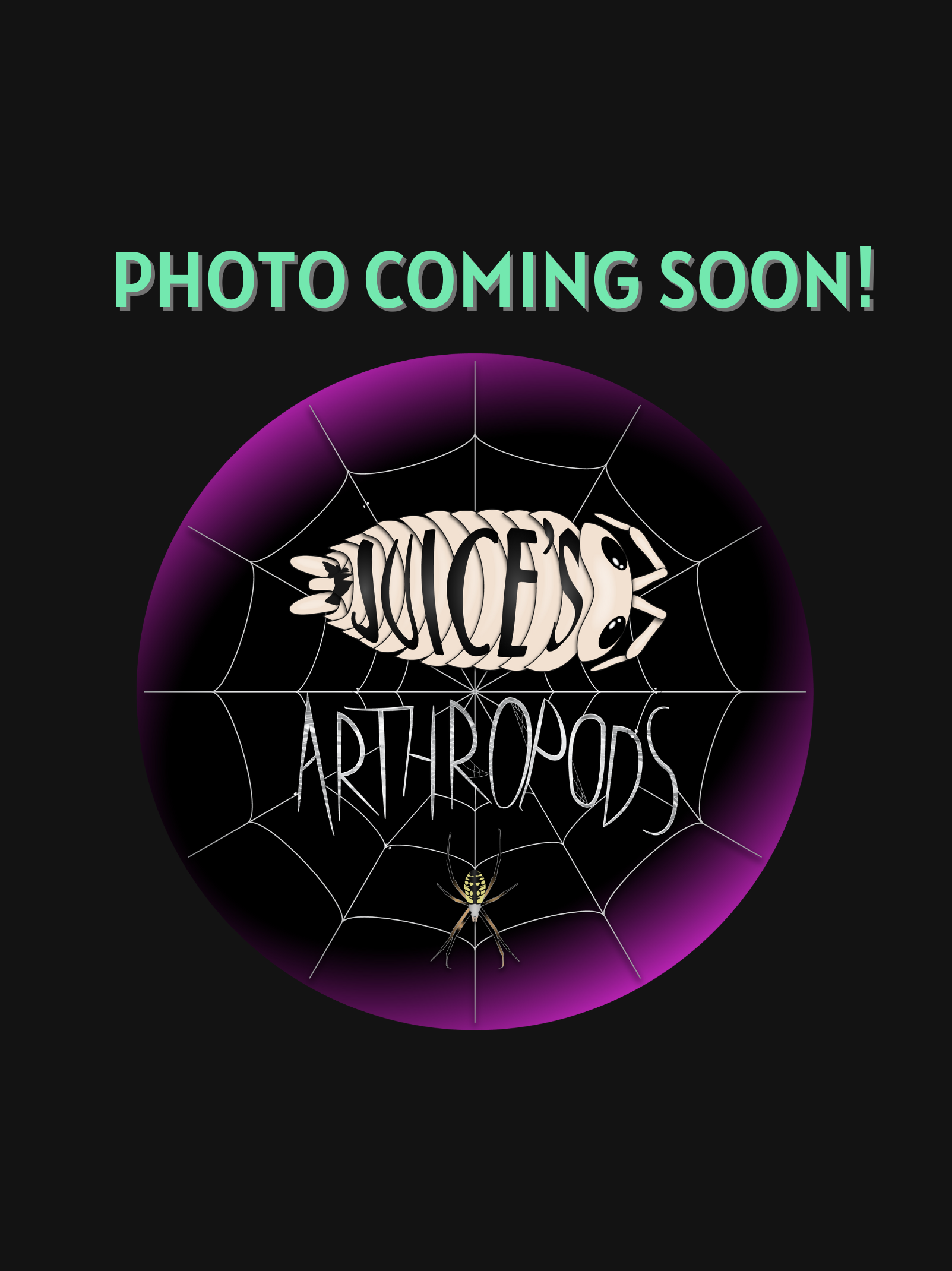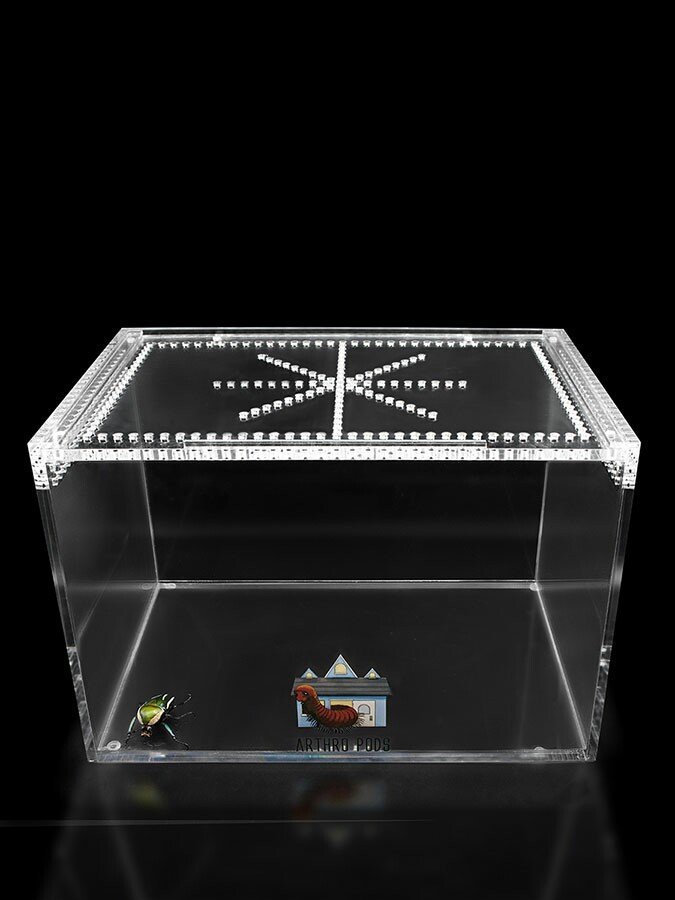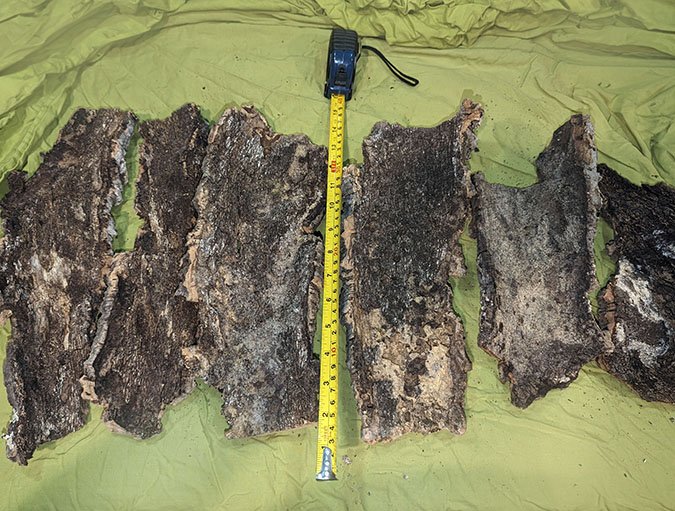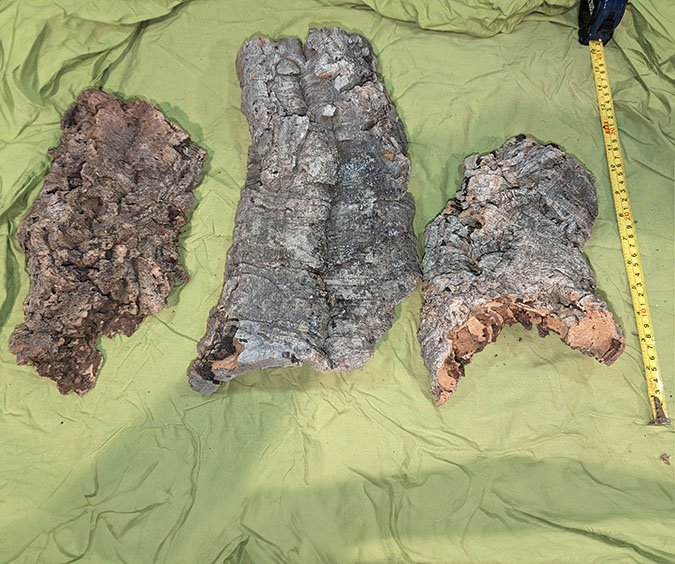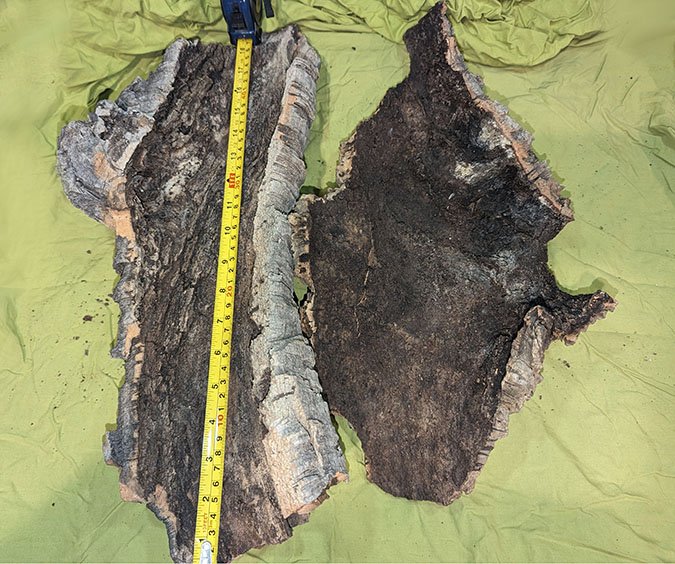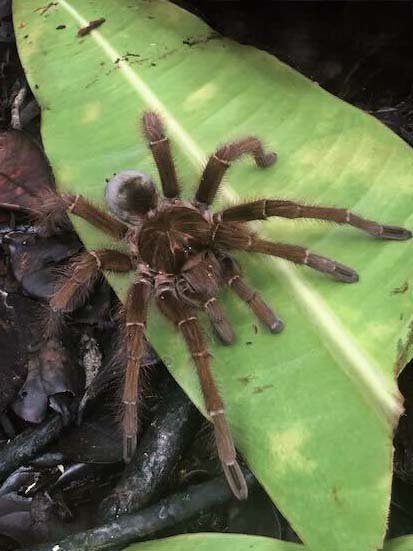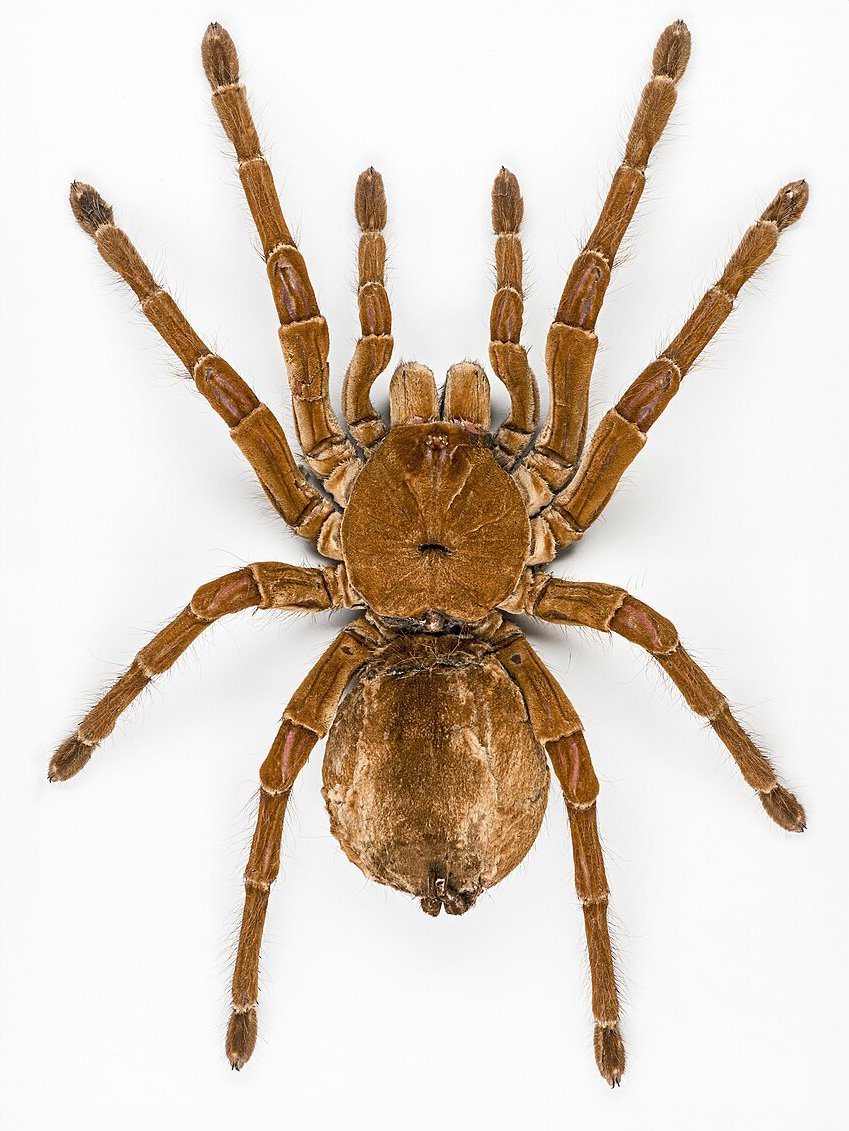Aphonopelma sp 'Jalisco'
Aphonopelma sp. 'Jalisco', commonly known as the Jalisco Gold Top Tarantula, is a rare and visually understated New World terrestrial species believed to originate from the Jalisco region of western Mexico, an area marked by a blend of tropical deciduous forests, scrublands, and semi-arid elevations. As an undescribed member of the Aphonopelma genus, this tarantula displays the classic traits associated with North American tarantulas—slow growth, long lifespan, and a calm, reclusive nature—but with a unique golden accent that sets it apart from its regional cousins.
This species earns its common name from the soft golden hue that adorns its carapace, which stands out subtly against its dark brown to charcoal legs and abdomen. After molting, the carapace can shimmer with warm amber or brass tones, giving the spider a muted but refined elegance. Though not vibrantly colored, it holds visual appeal for keepers who favor naturalistic, earthy aesthetics and regional diversity.
Aphonopelma sp. 'Jalisco', commonly known as the Jalisco Gold Top Tarantula, is a rare and visually understated New World terrestrial species believed to originate from the Jalisco region of western Mexico, an area marked by a blend of tropical deciduous forests, scrublands, and semi-arid elevations. As an undescribed member of the Aphonopelma genus, this tarantula displays the classic traits associated with North American tarantulas—slow growth, long lifespan, and a calm, reclusive nature—but with a unique golden accent that sets it apart from its regional cousins.
This species earns its common name from the soft golden hue that adorns its carapace, which stands out subtly against its dark brown to charcoal legs and abdomen. After molting, the carapace can shimmer with warm amber or brass tones, giving the spider a muted but refined elegance. Though not vibrantly colored, it holds visual appeal for keepers who favor naturalistic, earthy aesthetics and regional diversity.
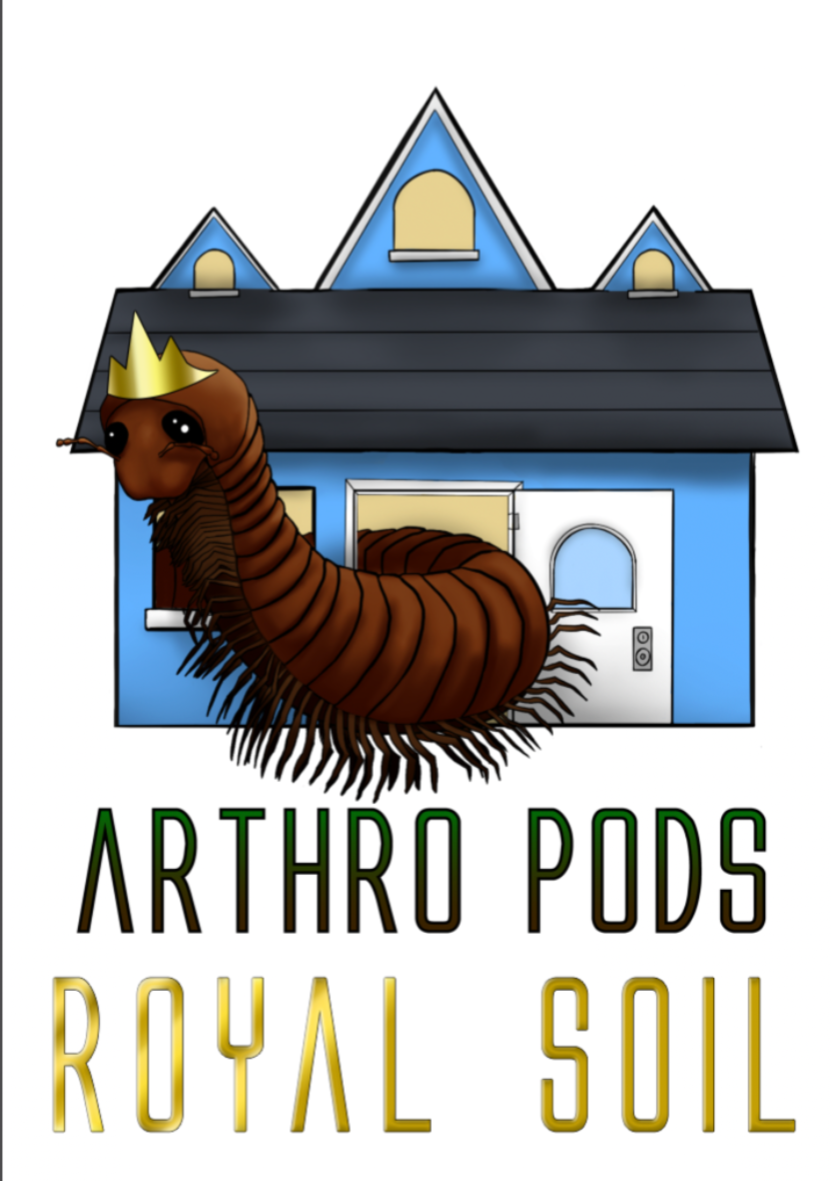

Aphonopelma sp. 'Jalisco', commonly known as the Jalisco Gold Top Tarantula, is a rare and visually understated New World terrestrial species believed to originate from the Jalisco region of western Mexico, an area marked by a blend of tropical deciduous forests, scrublands, and semi-arid elevations. As an undescribed member of the Aphonopelma genus, this tarantula displays the classic traits associated with North American tarantulas—slow growth, long lifespan, and a calm, reclusive nature—but with a unique golden accent that sets it apart from its regional cousins.
This species earns its common name from the soft golden hue that adorns its carapace, which stands out subtly against its dark brown to charcoal legs and abdomen. After molting, the carapace can shimmer with warm amber or brass tones, giving the spider a muted but refined elegance. Though not vibrantly colored, it holds visual appeal for keepers who favor naturalistic, earthy aesthetics and regional diversity.
What's the ideal diet for a Jalisco Gold Top Tarantula?
All Tarantulas can eat a variety of feeders. Stick to crickets, dubia roaches, silkworms, horned worms occasionally, and a superworm or mealworm as the occasional treat!
How should I keep a Jalisco Gold Top Tarantula?
For this particular creature, you can start with the Terrestrial Terrain small enclosure if under a ¼" - 1.2" Spiderling (sling). When they get to be about 1" in size, you will want to either go to the Terrestrial Terrain Medium or Terrestrial Terrain Large enclosure. Feed them as slings once a week, twice if their opisthosoma (abdomen) looks small, but if the opisthosoma is wider than their prosoma (pneumothorax) then wait a couple of days to feed. For juveniles or adults, stick to feeding once a week, nothing larger than their opisthosoma. Make sure to keep a water dish at all times full; wider and deeper is preferred.
How long could a Jalisco Gold Top Tarantula live?
Females are believed to live upwards of 25+ years, and males not exceeding around 6 years of age. All estimates are based on multiple sources.


